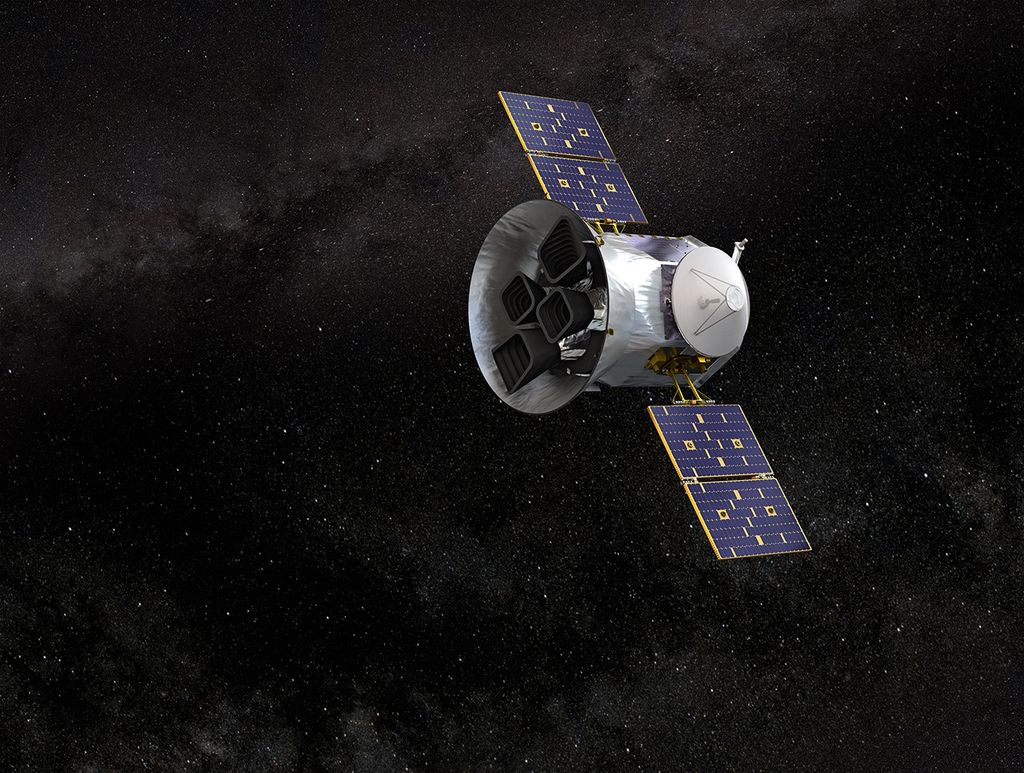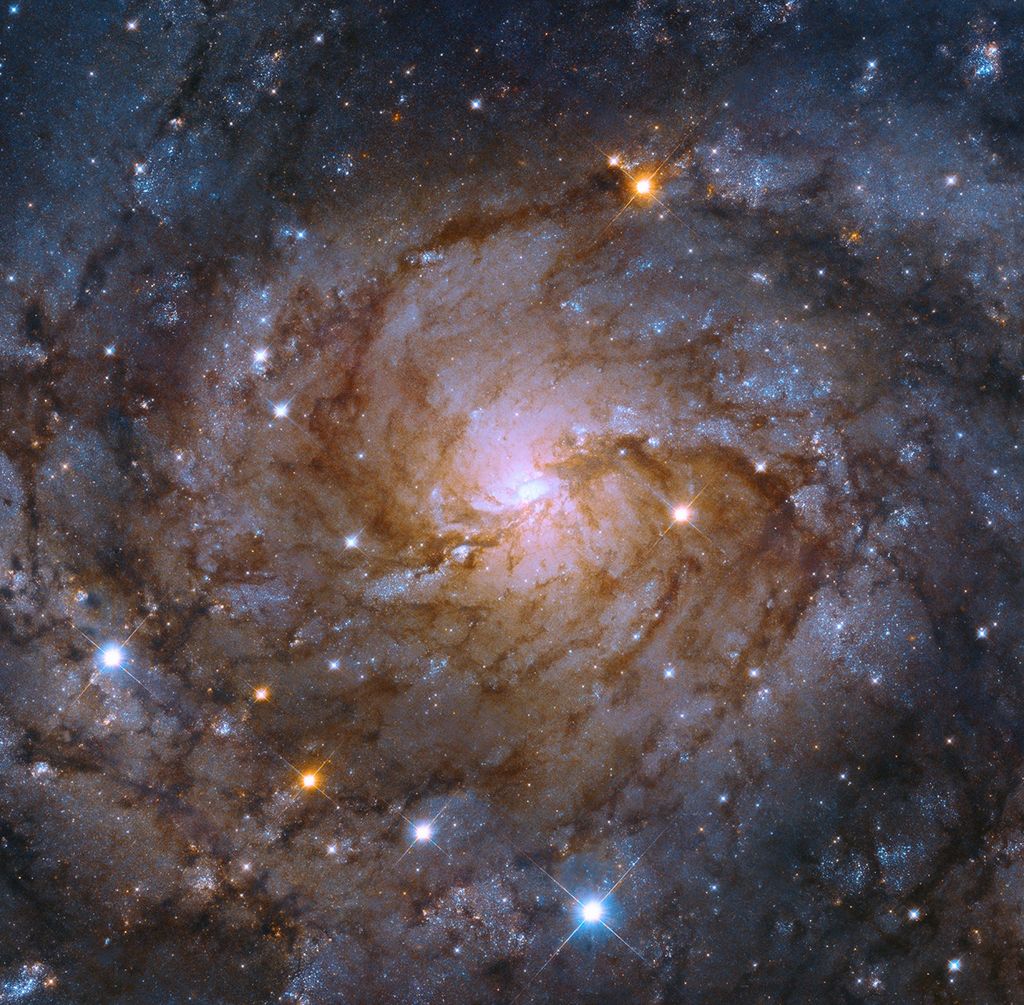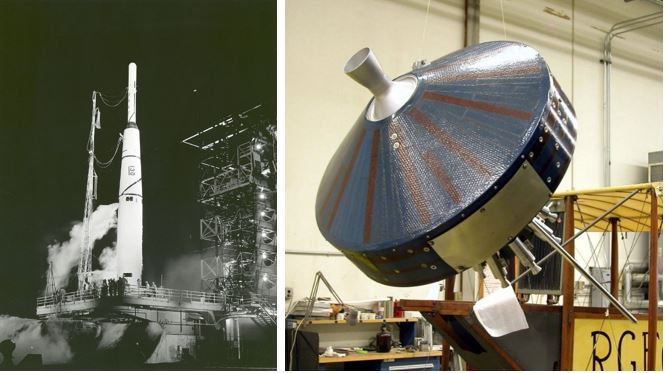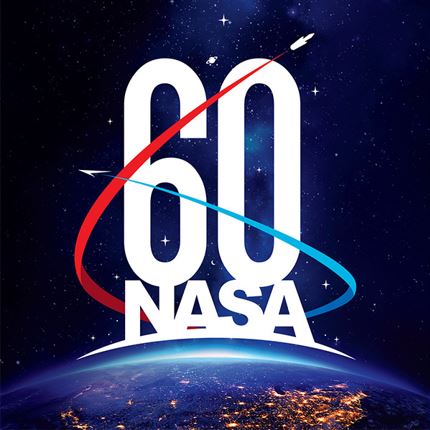On October 1, 1958, the National Aeronautics and Space Administration (NASA) officially opened for business. President Dwight D. Eisenhower signed into law the National Aeronautics and Space Act the previous July, creating NASA to lead America’s civilian space program in response to Soviet advances in space exploration. The new Agency incorporated elements of the National Advisory Committee for Aeronautics (NACA), founded in 1915 to advance aeronautics research in the United States. NASA absorbed three NACA research laboratories – Langley Aeronautical Laboratory in Hampton, Virginia; Ames Aeronautical Laboratory in Mountain View, California; and Lewis Flight Propulsion Laboratory in Cleveland, Ohio – as well as elements of the Army Ballistic Missile Agency in Huntsville, Alabama, and the Naval Research Laboratory in Washington, DC. In December 1958, NASA gained control of the Jet Propulsion Laboratory in Pasadena, California, a contractor facility operated by the California Institute of Technology. Over time, the Agency established or incorporated additional centers and facilities to meet the growing needs of the nation’s space program. Today, 10 field centers across the nation work together to accomplish NASA’s varied missions.
President Eisenhower nominated T. Keith Glennan, president of Case Institute of Technology in Cleveland, Ohio, and Hugh L. Dryden, director of NACA, to be NASA Administrator and Deputy Administrator, respectively. Glennan served until 1961, Dryden until 1965. The Dolley Madison House on Lafayette Square in Washington, DC, served as the first headquarters of the new space agency (until 1961). In April 1959, NASA introduced the seven Mercury astronauts to the world at an event in the house’s ballroom. As the Agency grew, its headquarters relocated to more spacious accommodations in the nation’s capital.
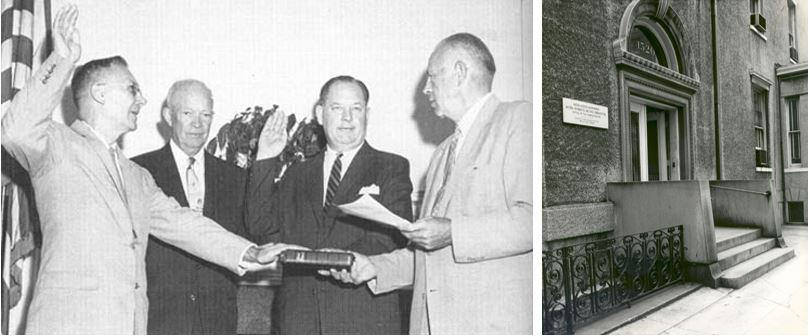
President Eisenhower (second from left) looks on. Right: The Dolley Madison House on Lafayette Square in Washington, DC, housed the first headquarters for NASA.
Just 10 days after opening its doors, NASA launched its first spacecraft. Part of a program of lunar orbiters inherited from the U.S. Air Force, Pioneer 1 blasted off aboard a Thor-Able rocket from a fledgling launch facility at Cape Canaveral, Florida. Although it did not achieve its intended mission to orbit the Moon due to a rocket malfunction, Pioneer 1 did reach a then record altitude of about 70,000 miles. The probe returned scientific data confirming the existence of the Van Allen radiation belts until it burned up on reentry in the Earth’s atmosphere 43 hours after launch. In the subsequent 60 years, NASA has launched spacecraft to unlock the mysteries of the universe, dispatched probes to make close up observations of every planet in the solar system, sent men on voyages to the Moon, and built a space station to maintain a permanent human presence in space.
For more on NASA at 60, visit 60 Years and Counting


















